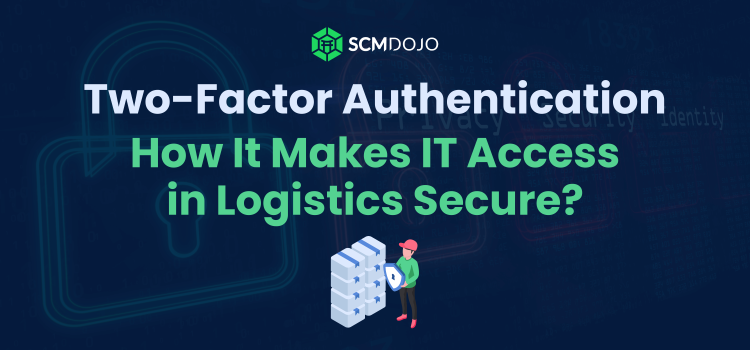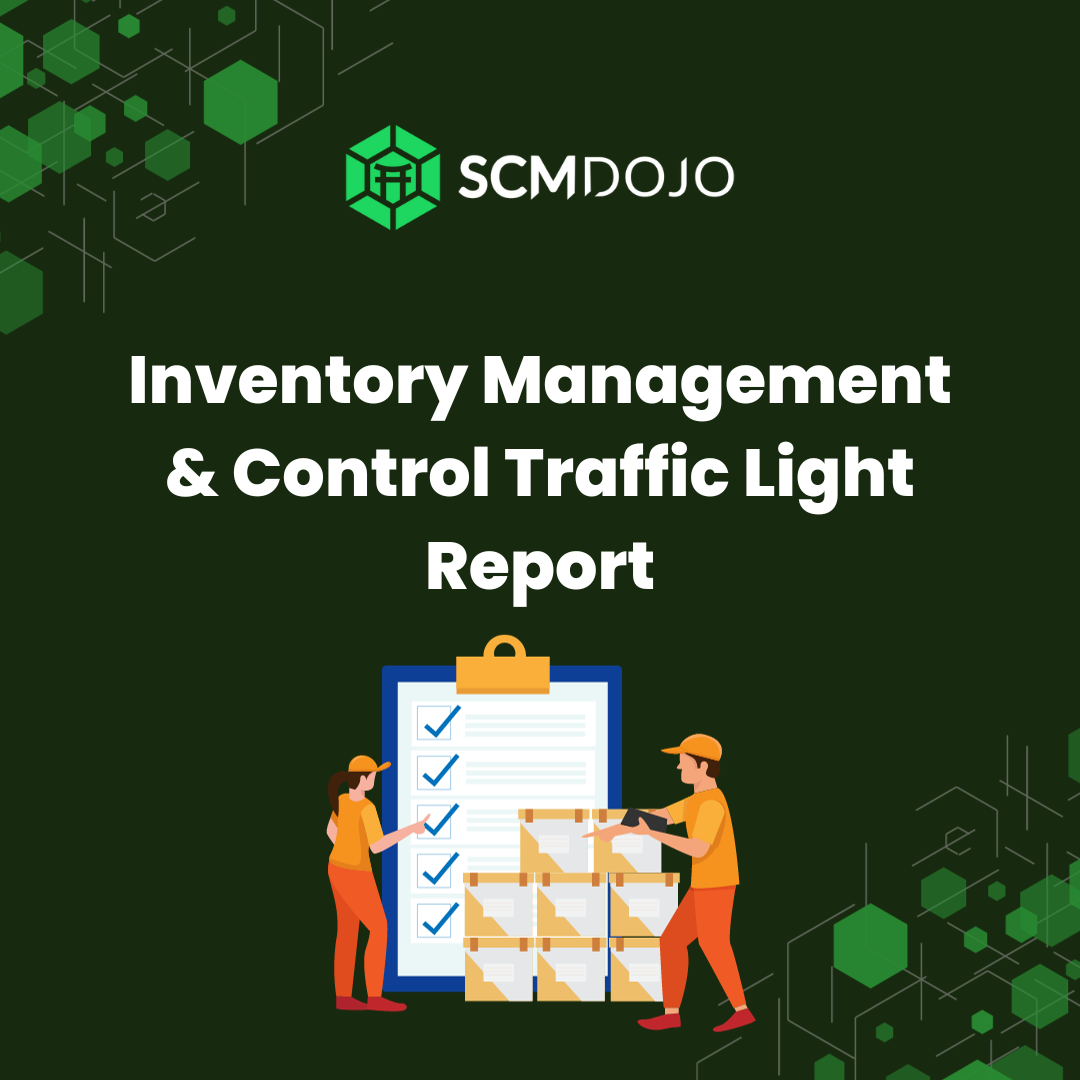As a supply chain management, logistics plays a crucial role in modern commerce and global trade. Each warehousing, transportation, and distribution step is increasingly important and should be carefully thought through to make the process uninterrupted and persistent. With the rise of technology, logistics became more automated and digitized, bringing increased security risks to the flow of goods.
Compromised security can disrupt and negatively affect the supply chain and result in a substantial monetary loss. That is why protecting against cyber threats and securing sensitive data is crucial. Two-factor authentication is one of the ways to safeguard business processes and secure IT access in logistics. In this article, we will discuss how two-factor authentication makes logistics secure and describe best practices to ensure the protection and integrity of accounts in logistics.
What Is Two-Factor Authentication
Two-factor authentication, also known as 2FA or two-step verification, is a security mechanism that allows users to log in and access a service, website, or account only after presenting two distinct authentication factors.
The two-factor authentication method is used to additionally secure the account and protect both the user and the resource you are trying to access. This is an improved authentication method compared to a single-factor authentication, where you only provide a password to log in.
To identify as a user with two-factor authentication, you must usually provide a password as the first step and then use biometrics, a security token, or a security code as the second step. So, for example, two-factor authentication would consist of something you know (your password) and something you have (security code from SMS) or something you are (fingerprint or other biometrics data).
How Two-Factor Authentication Makes Logistics Secure
In the modern world, supply chain management is highly digitalized and relies on technology in many aspects of logistics. This increases cybersecurity risks and makes the process of delivering goods vulnerable to cyber attacks. Each logistics company’s IT department should prioritize cybersecurity and take all the necessary measures to protect against data breaches, theft, hacking, and other cyber threats.
Due to the wide range of software used in logistics, two-factor authentication is one of the key ways to make access in logistics secure. The company should set policies that will require the set up of two-factor authentication on every app, service, and website employees use. This will add an additional layer of security to the authentication process and decrease the risks of data breaches and other cyber attacks.
Here is logistics software where two-factor authentication should be used:
- Supply Chain Visibility and Tracking Systems. Such software uses GPS and RFID technology to track and monitor the transportation of goods. With the help of this software, operators can trace trucks and containers to control delivery and improve the process.
- Transportation Management Software. TMS and fleet management software are used to optimize transportation through every step of the supply chain. This includes delivery planning, transportation execution, and monitoring of results.
- Warehouse Management Systems. This type of software helps efficiently manage warehouses and all related operations. WMS is a complex solution that provides real-time information and helps reduce errors when working with large amounts of goods.
- Inventory Management Software. As the name implies, the software is used to supervise and control inventory. It also helps to forecast demand and ensure constant product availability.
- Sales Software. Such software integrates E-commerce and omnichannel logistics into all sales processes. Sales systems improve the shopping experience and enhance the customer journey.
Best Practices to Secure Accounts in Logistics
As mentioned above, two-factor authentication is a powerful way to secure access to accounts and protect them from hacking and data breaches. However, there are more recommendations you should implement to protect against cyberattacks. Here are some of the ways to secure your online accounts and accounts in logistics in addition to two-factor authentication:
- Use a strong password. This is one of the most essential recommendations for securing your accounts. A password is considered strong and secure when it includes at least 8-12 characters, with uppercase and lowercase letters, numbers, and special characters.
- Create different passwords for each account. Using one password for all services and devices is a huge security risk. If one account gets compromised, cybercriminals can access all your accounts. Create different passwords for all apps, services, and devices you use. This ensures no one can access your accounts and helps secure your iPhone from hackers and intruders.
- Enable account recovery. Setting up this option gives you an additional way to prove that you are the account owner in case you forget the password or lose your device. You can recover your account from a trusted device, alternative email address, or recovery codes.
- Always use trusted devices and networks. Don’t use public computers or Wi-Fi networks to log in to important accounts. Usually, they don’t have proper security in place and use outdated software and security protocols. So, the data that is transmitted over the Internet, such as your login credentials, can be intercepted and used to hack into your accounts.
In Conclusion
Logistics companies are highly dependent on technology and automate a vast majority of the supply chain to speed up and improve the process. Due to this, most logistics businesses use a variety of different software and services to control, track, and optimize transportation, warehousing, and distribution. Such software is vulnerable to cyberattacks, so following best practices to protect accounts and using two-factor authentication makes IT access in logistics secure.



